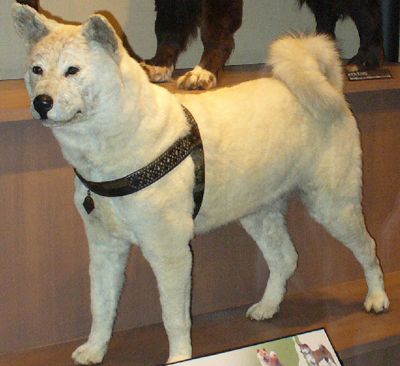Even though dogs are man's best friend, it helps when you choose your friends wisely. Think about how a new dog is going to change your life. He or she is going to take up your time and energy with feeding, grooming, exercise, and play. Dogs are social animals and they'll want and need to spend quality time with you. So it's important that you and the dog are a good match.
There are myriad types of dogs to choose from -- not just various breeds but mixed-breeds (or mutts), as well -- and many sources for dogs, such as kennels, shelters, or even your own front porch if a stray wanders up. So you can't just make your decision based on a cute face. What if you choose a dog that is too young or too old for your household? What kind of credentials do you want your dog to have? Where do you begin to look? This article will offer guidelines to help you pick a dog that's happy and healthy and right for your personal circumstances. The following sections outline the important points you should consider before looking for that next family member.
Advertisement
- Adopting a PuppyPuppies are usually adorable, so they tug at your heartstrings. But it can be difficult to foretell a dog's personality when he's a few weeks old, not to mention whether he'll grow into a healthy adult. In this section, we will tell you things you should look for when perusing potential puppies. Also, adopting a puppy that is too young can be a serious problem. We will also let you know when you should adopt a young dog.
- Adopting an Adult DogFor many people, the known quantity of an adult dog is the way to go. But adult dogs, unlike puppies, come with their own set of ingrained habits and behaviors. As challenging as it can be to train a puppy, a stubborn adult dog can be just as much of a headache. We will let you know all of the pros and cons of adopting an adult dog and how to choose the best dog for you and your family.
- Adopting a Purebred DogThere are dog owners who prefer purebreds, possibly because they're in love with a particular breed or are considering showing the dog or breeding it themselves. Knowing a dog's entire ancestry can be an added joy to ownership, and, in some cases, may even open the door to entering your dog into competitions. We will give you all the vital information on purebred dogs, including which breeds will be the right fit for you and your home.
- Adopting a Mixed-Breed DogFor some dog owners, a mixed breed is the way to go because they love knowing no one has a dog quite like theirs, or they like knowing they rescued a pooch from a shelter. A mixed breed can also allow you to tailor the exact height and weight of a dog that would be perfect for you. Learn all the pertinent knowledge about owning a mixed-breed dog in this section.
- Buying a Dog From a BreederBuying a dog from a breeder will obviously be more expensive than adopting a dog from the shelter, but there are advantages. A dog obtained from a breeder comes with more security, and you can be sure that any significant problems you encounter with your puppy will be taken care of. That being said, some breeders are more reliable than others. In this section we will show you how to pick a breeder and give a list of questions you should ask before you even consider buying a dog.
- Adopting a Dog From a ShelterWhen you adopt a dog from a shelter not only are you gaining a great companion, but you may also be saving that dog's life. Just as in buying a dog from a breeder, there are some important things you should know when taking home a dog from the shelter. In this section, you will learn how to choose the right dog and how the shelter can help you in this process.
- How to Handle a Stray DogThere is something especially rewarding about taking in a stray dog and giving him love and care. But this sentimental act can prove regrettable if you haven't taken into account the risks of a dog with an unknown background. This section will discuss how to handle strays and the most humane approach to take if you can't give them a home.
As you can see, there are many factors to consider before bringing a dog home. Let's get started by discussing the age of your potential new best friend in the next section.
Advertisement



